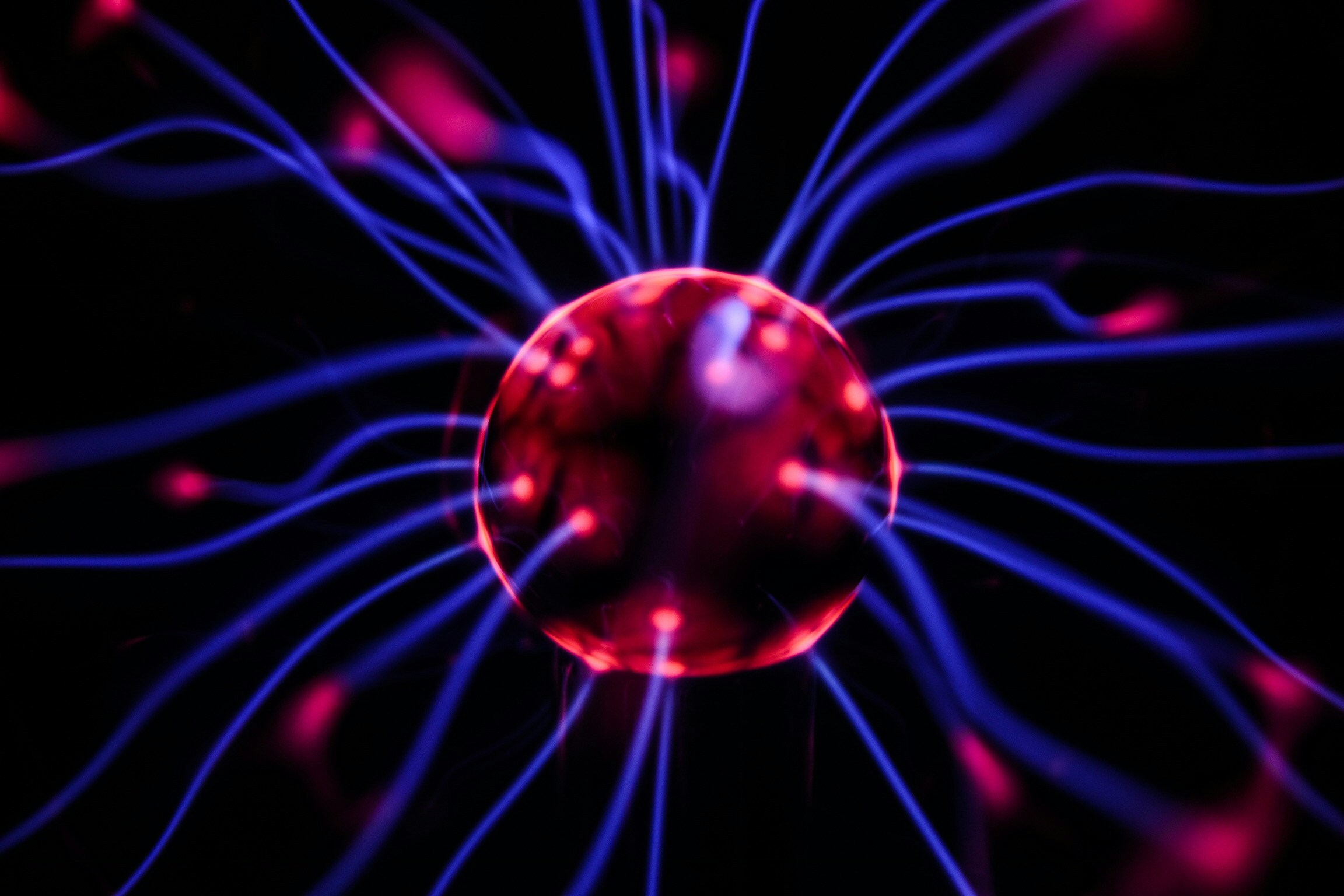The Intersection Of Human And Artificial Intelligence: The Role Of Brain Implants

The field of neurotechnology is undergoing a revolution, with computerized brain implants at the forefront of transformative advancements. These implants, once confined to the realm of science fiction, are now becoming a reality. They hold the potential to bridge the gap between human and artificial intelligence (AI), promising to enhance cognitive abilities and facilitate direct communication with AI systems. This article explores the role of brain implants in this burgeoning intersection and examines their transformative potential.
Understanding Computerized Brain Implants
Computerized brain implants are devices surgically implanted into the brain to monitor and influence neural activity. They operate by sending and receiving electrical signals to and from neurons, thereby affecting brain function. Historically, these implants have been developed to treat neurological conditions such as Parkinson's disease and epilepsy. Key milestones include the development of deep brain stimulation (DBS) and more recent advancements in brain-computer interfaces (BCIs), which have expanded their potential applications.
Enhancing Cognitive Abilities through Brain Implants
One of the most exciting prospects of brain implants is their ability to enhance cognitive functions. For instance, memory enhancement through neurostimulation can help individuals retain and recall information more effectively. This technology could accelerate learning processes, making it easier to acquire new skills and knowledge. Experimental findings have shown promising results, with brain implants improving problem-solving and analytical skills in test subjects. These enhancements could have profound implications for education, professional development, and overall human potential.
Bridging Human and Artificial Intelligence
Brain implants can serve as a conduit between human intelligence and AI, enabling direct communication and interaction. By facilitating neural input and output to AI systems, these implants could revolutionize human-computer interaction. Potential applications include controlling devices through thought alone, enhancing sensory perception, and augmenting cognitive processes with AI support. Case studies have demonstrated successful integrations, such as paralyzed individuals controlling robotic limbs through brain implants linked to AI, showcasing the profound impact of this technology.
Ethical and Privacy Considerations
The integration of brain implants and AI raises significant ethical and privacy concerns. Ethical dilemmas include the potential for coercion, consent issues, and the risk of creating socioeconomic disparities based on access to cognitive enhancements. Privacy concerns revolve around the sensitive data generated by brain implants, which could be misused or hacked. To address these issues, robust regulatory frameworks and safeguards are necessary to protect individuals' rights and ensure responsible use of this technology.
Future Prospects and Challenges
The future of brain implants is filled with potential advancements and applications. These include more sophisticated cognitive enhancements, expanded therapeutic uses, and new forms of human-computer interaction. However, significant technical and scientific challenges remain. These include improving the precision and safety of implants, ensuring long-term functionality, and overcoming the body's immune response. Societal impacts, such as the ethical distribution of enhancements and the potential for increased inequality, must also be carefully managed. Public discourse and informed debate will be crucial in navigating these challenges.
Expert Opinions and Predictions
Leading researchers and technologists offer a range of insights and predictions for the future of brain implants and AI integration. Some foresee rapid advancements in cognitive enhancements and seamless human-AI interaction, while others caution against the potential risks and ethical pitfalls. There is a consensus on the need for responsible innovation and development, emphasizing the importance of ethical considerations and public engagement in shaping the future of this technology.
Conclusion
The intersection of human and artificial intelligence through brain implants represents a transformative frontier in neurotechnology. These implants hold the potential to enhance cognitive abilities, facilitate direct AI communication, and revolutionize human-computer interaction. While the future is promising, it is also fraught with ethical, privacy, and technical challenges. Navigating this path will require careful consideration, robust safeguards, and ongoing public discourse. The journey forward will determine how we harness this technology's transformative potential for the benefit of humanity.
Author: Brett Hurll
From Chip War To Cloud War: The Next Frontier In Global Tech Competition
The global chip war, characterized by intense competition among nations and corporations for supremacy in semiconductor ... Read more
The High Stakes Of Tech Regulation: Security Risks And Market Dynamics
The influence of tech giants in the global economy continues to grow, raising crucial questions about how to balance sec... Read more
The Tyranny Of Instagram Interiors: Why It's Time To Break Free From Algorithm-Driven Aesthetics
Instagram has become a dominant force in shaping interior design trends, offering a seemingly endless stream of inspirat... Read more
The Data Crunch In AI: Strategies For Sustainability
Exploring solutions to the imminent exhaustion of internet data for AI training.As the artificial intelligence (AI) indu... Read more
Google Abandons Four-Year Effort To Remove Cookies From Chrome Browser
After four years of dedicated effort, Google has decided to abandon its plan to remove third-party cookies from its Chro... Read more
LinkedIn Embraces AI And Gamification To Drive User Engagement And Revenue
In an effort to tackle slowing revenue growth and enhance user engagement, LinkedIn is turning to artificial intelligenc... Read more

